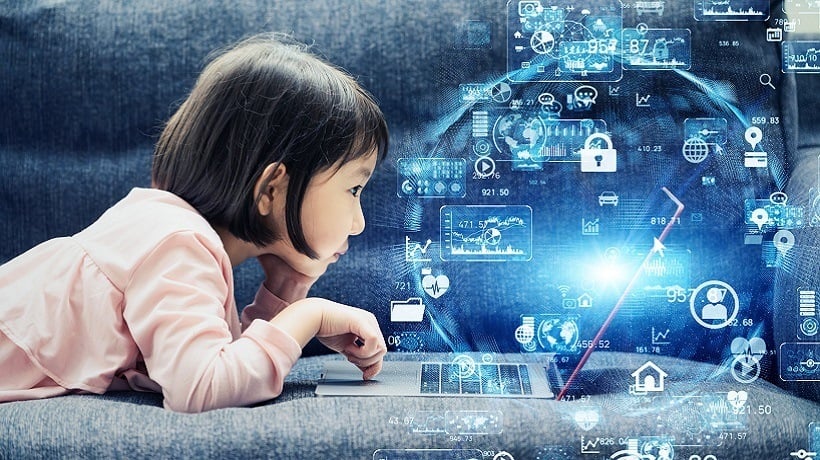In recent years, the global population has been increasingly concentrated in urban areas, leading to challenges such as pollution, congestion, and resource depletion.
However, amidst these challenges, there is a growing trend towards integrating green technology into urban development initiatives.
This shift towards sustainability is not only driven by environmental concerns but also by the recognition of the economic and social benefits that green technology can bring to cities.
In this blog post, we will explore the rise of green technology in urban development, its key components, and the impact it is having on creating more sustainable and livable cities.
Introduction to Green Technology in Urban Development:
Green technology encompasses a wide range of innovative solutions aimed at reducing the environmental impact of human activities while promoting sustainable development.
When applied to final ank urban development, green technology focuses on creating more energy-efficient, environmentally friendly, and resilient cities.
Components of Green Technology in Urban Development:
Renewable Energy:
One of the cornerstones of green technology in urban development is the integration of renewable energy sources such as solar, wind, and hydroelectric power.
Cities are increasingly adopting solar panels on rooftops, wind turbines in urban areas, and hydroelectric plants in waterways to generate clean energy and reduce reliance on fossil fuels.
Energy-Efficient Buildings:
Green buildings are designed to minimize energy consumption through features such as better insulation, energy-efficient appliances, and smart technologies for heating, cooling, and lighting.
These buildings not only reduce greenhouse gas emissions but also lower utility costs for residents and businesses.
Green Infrastructure:
Urban planners are incorporating green infrastructure elements such as green roofs, rain gardens, and permeable pavements to manage stormwater runoff, improve air quality, and enhance biodiversity in cities.
These green spaces not only provide environmental benefits but also create recreational areas for residents and contribute to the overall aesthetics of the city.
Smart Transportation:
Green technology is revolutionizing urban transportation through the adoption of electric vehicles (EVs), bike-sharing programs, and intelligent transportation systems (ITS).
EV charging stations are being installed in cities to support the transition to electric mobility, while bike-sharing programs promote eco-friendly commuting options.
ITS utilizes advanced technologies to optimize traffic flow, reduce congestion, and minimize emissions from vehicles.
Read Also: Unleashing the Power of Social Media Marketing
The Impact of Green Technology on Urban Development:
Environmental Benefits:
By reducing greenhouse gas emissions, conserving natural resources, and minimizing pollution, green technology helps mitigate the environmental impact of urbanization. This, in turn, contributes to mitigating climate change and preserving biodiversity in urban areas.
Economic Opportunities:
The adoption of green technology in urban development creates new economic opportunities in sectors such as renewable energy, green construction, and sustainable transportation. This leads to job creation, investment attraction, and economic growth in cities.
Social Advantages:
Green technology enhances the quality of life for urban residents by improving air and water quality, reducing noise pollution, and creating healthier living environments.
Access to green spaces and sustainable transportation options also promotes physical activity, community engagement, and social cohesion.
Case Studies of Green Technology in Urban Development:
Copenhagen, Denmark:
Copenhagen is renowned for its commitment to sustainability and green urban development.
The city has invested in cycling infrastructure, renewable energy projects, and green roofs to create a more livable and eco-friendly urban environment.
Singapore:
Singapore has embraced green technology to address its challenges as a densely populated city-state with limited land resources.
The city has implemented initiatives such as vertical gardens, solar-powered buildings, and a comprehensive public transportation system to enhance sustainability and resilience.
Portland, Oregon:
Portland is a pioneer in green urban planning, with initiatives focused on sustainable transportation, energy-efficient buildings, and green infrastructure.
The city’s emphasis on eco-friendly development has earned it recognition as one of the most sustainable cities in the United States.
Challenges and Future Outlook:
While the adoption of green technology in urban development holds great promise, it also faces challenges such as high initial costs, technological barriers, and regulatory hurdles.
However, as awareness of climate change grows and the demand for sustainable solutions increases, cities are expected to overcome these challenges and accelerate the transition towards greener and more resilient urban environments.
Looking ahead, the future of green technology in urban development is bright, with advancements in renewable energy, smart infrastructure, and sustainable transportation paving the way for more environmentally friendly and livable cities.
By embracing green technology, cities can not only address the pressing environmental challenges of our time but also create healthier, more prosperous, and resilient communities for future generations.
Conclusion:
The rise of green technology in urban development represents a transformative shift towards creating more sustainable, resilient, and livable cities.
By incorporating renewable energy, energy-efficient buildings, green infrastructure, and smart transportation solutions, cities can mitigate environmental impact, stimulate economic growth, and enhance the quality of life for residents.
While challenges remain, the future outlook for green technology in urban development is promising, with cities around the world increasingly embracing sustainable solutions to address the pressing challenges of urbanization and climate change.
Read More: Arrive in Style: LAX Limousine Service for Discerning Travelers

